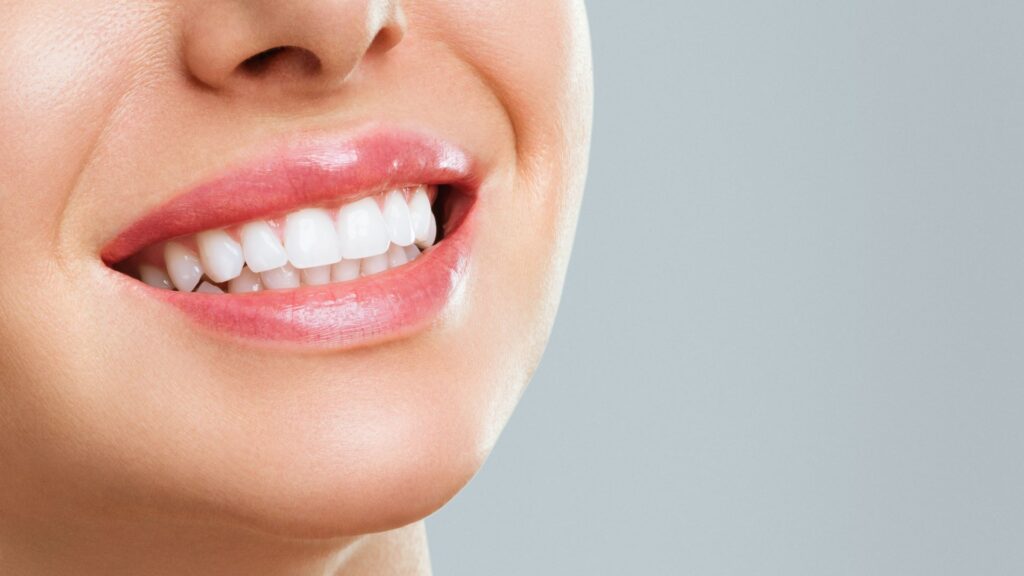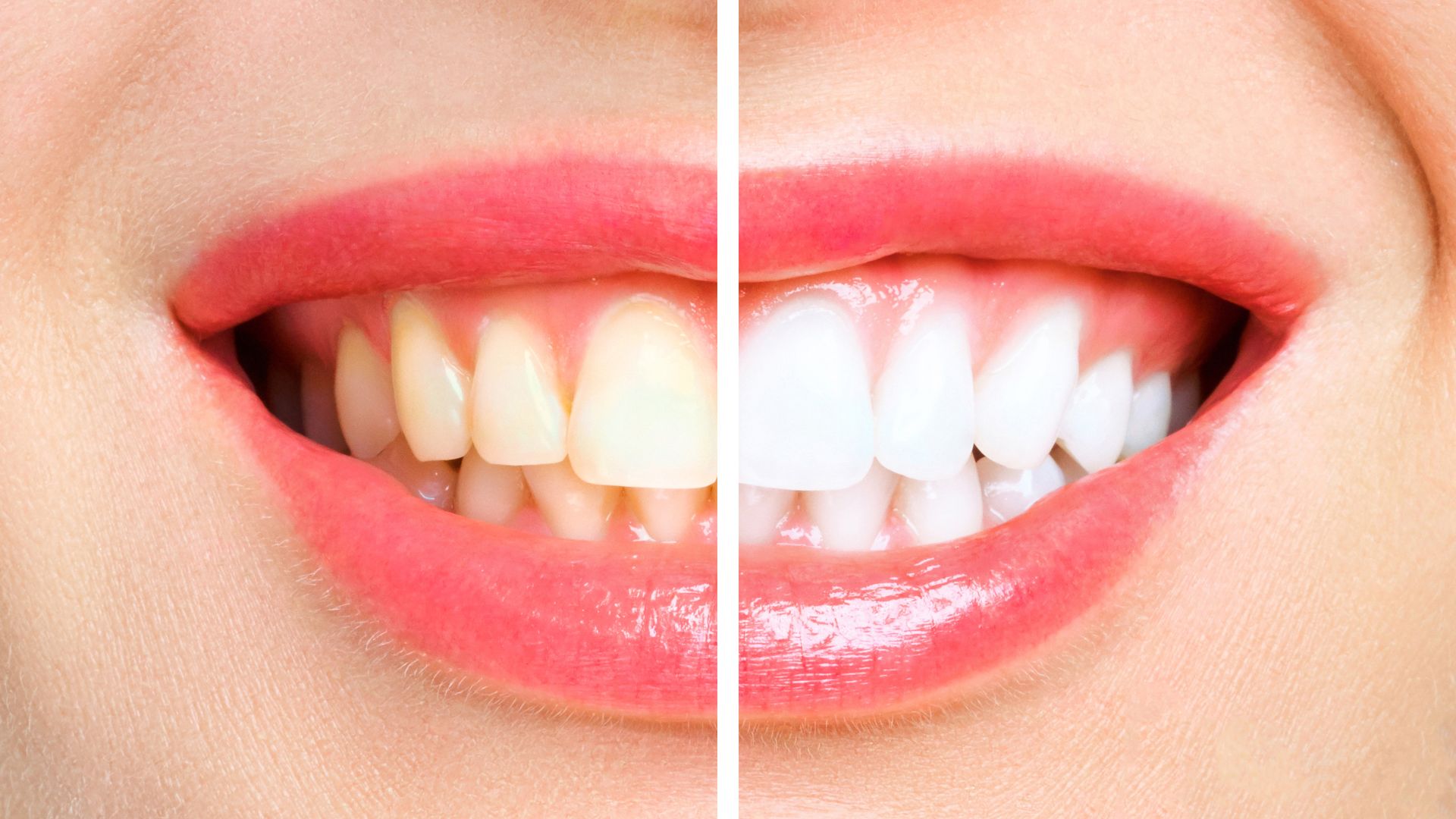Ever looked in the mirror and wished your smile looked brighter or more even? You’re not alone. Concerns like stained, chipped, or crowded teeth are common—but today’s dental care offers safe, reliable treatments to help you feel confident about your smile again.
Whether you’re interested in simple cosmetic touch-ups or a complete smile makeover, there’s a perfect smile treatment for every need. In this guide, we’ll explore different options that can help you achieve smiling teeth—safely and naturally—with the help of a qualified dental professional.
Why Smile Aesthetics Matter
Your smile is one of the first things people notice. When you feel good about it, you’re more likely to laugh, speak up, and show confidence in everyday moments—at work, in photos, or when meeting someone new.
But if your teeth are stained, uneven, or crowded, you might hold back from smiling. Many people experience this, and it’s completely normal.
Improving your smile isn’t just about looks. It’s about feeling more comfortable with yourself and taking better care of your teeth. In fact, many people find that after a smile treatment, they become more regular with brushing, flossing, and dental visits. It’s a small change that often leads to healthier habits overall.
Cosmetic dental procedures can enhance the appearance of your smile, but no treatment is one-size-fits-all. A personalized plan from a licensed dental professional is essential.
Non-Invasive Options to Improve Your Smile
If you’re starting, non-invasive treatments offer a gentle and affordable way to enhance your smile without changing your natural tooth structure.
- Teeth WhiteningWhitening helps remove stains caused by tea, coffee, or smoking. In-clinic options work faster, while take-home kits offer gradual results. Depending on your habits, tooth whitening typically lasts 6 to 24 months.
- Professional Cleaning: Known as scaling and polishing, this removes plaque and surface stains, restoring the natural brightness of your teeth and helping to prevent gum disease.
- Tooth Contouring: For minor imperfections like uneven or sharp edges, contouring reshapes the tooth for a more balanced appearance. It’s quick, painless, and requires no recovery time.
Teeth whitening results typically last between 6 months to 2 years depending on diet, oral hygiene, and lifestyle habits. — WHO Oral Health Report, 2022
Note: Whitening may not be effective for internal stains or teeth with restorations.
Cosmetic Treatments for Smile Makeover
Cosmetic procedures go a step further in changing the appearance of teeth in terms of shape, size, and spacing.
- Dental Veneers: Thin shells made of porcelain or composite material are bonded to the front of teeth to mask imperfections like stains, chips, or small gaps. Porcelain offers longer-lasting results, while composite is more affordable.
- Dental Bonding: A tooth-colored resin is used to fix minor chips or uneven surfaces. It’s a good choice for quick, budget-friendly improvements and can be done in a single visit.
- Gum Contouring: If your gums look uneven or too prominent, soft-tissue reshaping can create a more symmetrical gum line.
According to the Indian Dental Association, proper dental hygiene and regular checkups remain foundational—even with cosmetic enhancements.
These treatments are primarily aesthetic and suited for people with healthy teeth and gums. They don’t correct bite or alignment issues.
Orthodontic Treatments for Long-Term Smile Correction
If your teeth are misaligned, crooked, or overcrowded, orthodontic treatment offers both aesthetic and functional improvements.
- Traditional Braces Use metal or ceramic brackets to gradually move teeth into position. They’re ideal for moderate to complex alignment issues.
- Clear Aligners: Also called invisible braces, these removable trays are suitable for mild to moderate cases. Due to their discreet appearance, they’re popular among adults.
Orthodontic treatments like aligners are not purely cosmetic—they can also improve bite function and long-term oral health. — Indian Orthodontic Society.
Orthodontic treatment can take anywhere from 6 months to 2 years, depending on the case. Retainers are often needed afterward to maintain results.
Smile Designing: A Customized Approach
Smile designing is a step-by-step process that combines different treatments to create a complete smile makeover. A cosmetic dentist evaluates your facial structure, jawline, teeth alignment, and lip shape to design the most suitable smile for your face.
It may include:
- Digital imaging to preview results
- Tooth whitening
- Veneers or Bonding
- Gum reshaping
- Orthodontics (if needed)
Smile design isn’t just about looks—it aims to balance aesthetics with function. Every patient’s plan is different, and the dentist will guide you through what’s possible based on your current oral health.
Each smile makeover plan is unique. Your dentist will help you choose the safest and most suitable treatment options based on your goals and dental condition.
What to Consider Before Choosing a Treatment
Before deciding on any cosmetic dental procedure, think about the following:
- Cost: Some treatments like smile designing or veneers may involve a higher investment compared to cleaning or Whitening.
- Longevity: Veneers can last over 10 years, while Bonding may need touch-ups sooner. Whitening may require maintenance every year or two.
- Risks: Temporary sensitivity, gum irritation, or the need for replacement over time are common. Proper aftercare is essential.
- Dentist’s Qualifications: Always work with a BDS or MDS professional trained in cosmetic and restorative dentistr
Always ask questions and take time to understand the risks, benefits, and expectations before starting any procedure
Comparison of Common Smile Enhancement Treatments
| Treatment Option | Purpose | Duration | Invasiveness | Ideal For |
| Teeth Whitening | Brighten stained teeth | 1–2 sessions | Non-invasive | Mild discoloration |
| Dental Veneers | Reshape teeth, hide flaws | 1–2 weeks | Minimally | Uneven/chipped/stained teeth |
| Dental Bonding | Fill gaps, fix small chips | Single visit | Non-invasive | Minor cosmetic concerns |
| Braces/Aligners | Straighten misaligned teeth | 6–24 months | Moderate | Crooked, gapped, crowded teeth |
| Smile Designing | Holistic smile transformation | Varies | Case-based | Multiple cosmetic + functional issues |
Frequently Asked Questions
Is teeth whitening safe for everyone?
Teeth Whitening is generally safe when done by a trained dentist. However, it may not suit people with enamel loss or sensitivity. A consultation will help determine the right option.
How long do cosmetic dental treatments last?
Durability varies. Veneers can last over a decade, bonding about 3–5 years. Depending on lifestyle habits, Whitening may need touch-ups every 6–12 months.
Is smile designing a one-time procedure?
Smile designing can involve multiple treatments. Once complete, you’ll need routine checkups and reasonable care to keep the results lasting.
Are invisible aligners effective for adults?
Yes, they work well for adults with mild to moderate misalignment. However, consistency in wearing the trays is key to success.
What’s the best treatment for crooked front teeth?
Braces or aligners are usually the most effective. For minor cosmetic improvements, veneers or Bonding can offer quick fixes.
Does dental insurance cover these treatments in India?
Most cosmetic treatments are considered elective and aren’t covered. However, some functional procedures, like orthodontics, may be partially covered.
Conclusion
Improving your smile doesn’t have to be complicated. Whether you need a simple touch-up or a complete transformation, the first step is understanding your options. A consultation with a qualified dentist can help you choose the proper treatment for your needs, budget, and lifestyle. Every smile is unique—and so is every solution.
At Family Dental Clinic in Mira Road, we focus on ethical, patient-centered care. Our experienced dentists offer personalized advice and treatments based on your dental health goals. Ready to begin your smile journey? Reach out to schedule a consultation..
Sources & References








